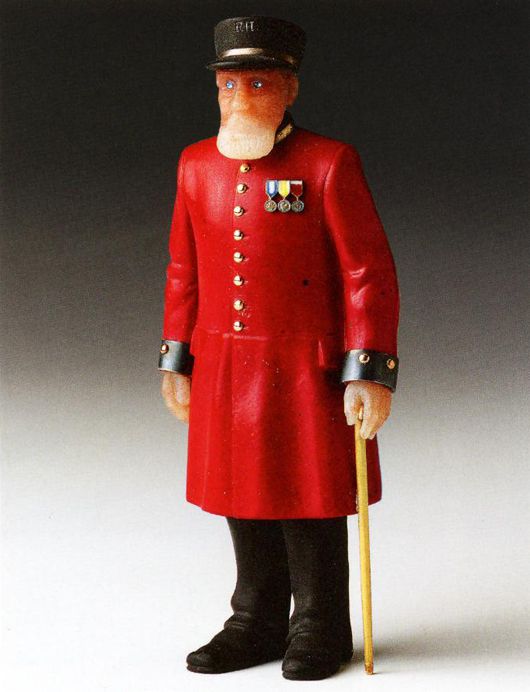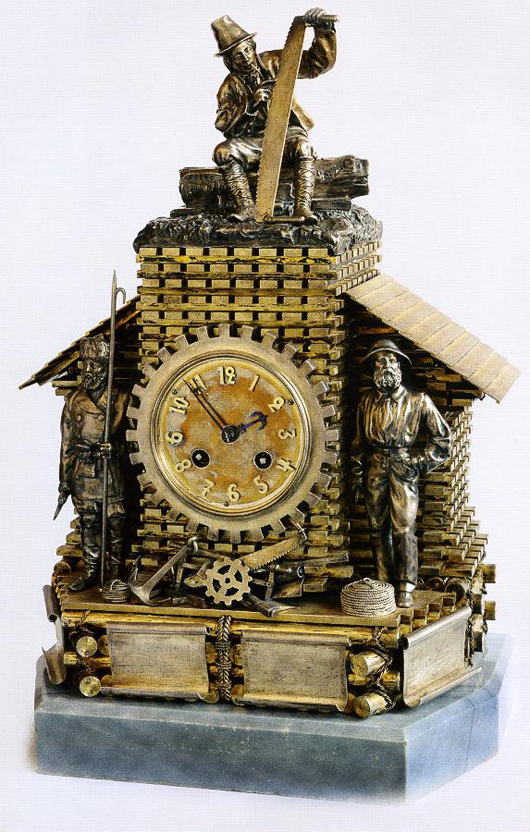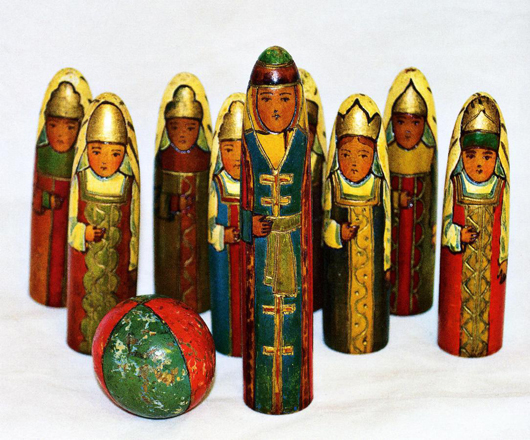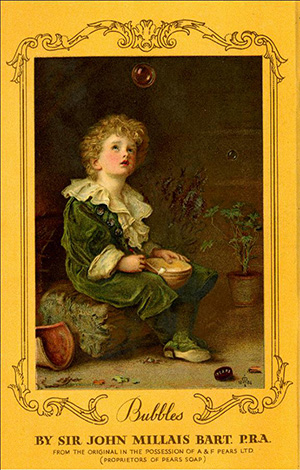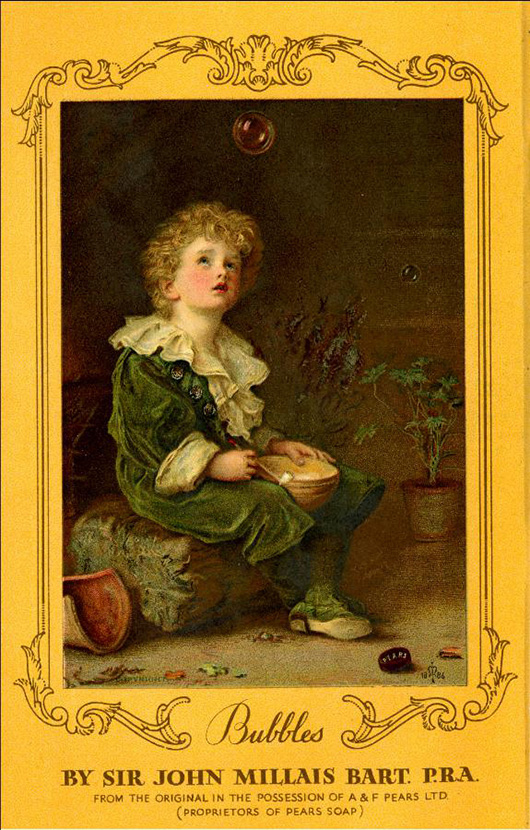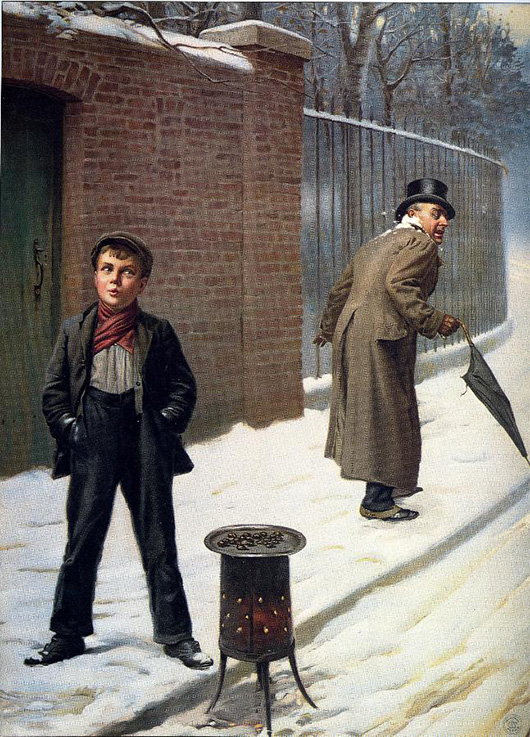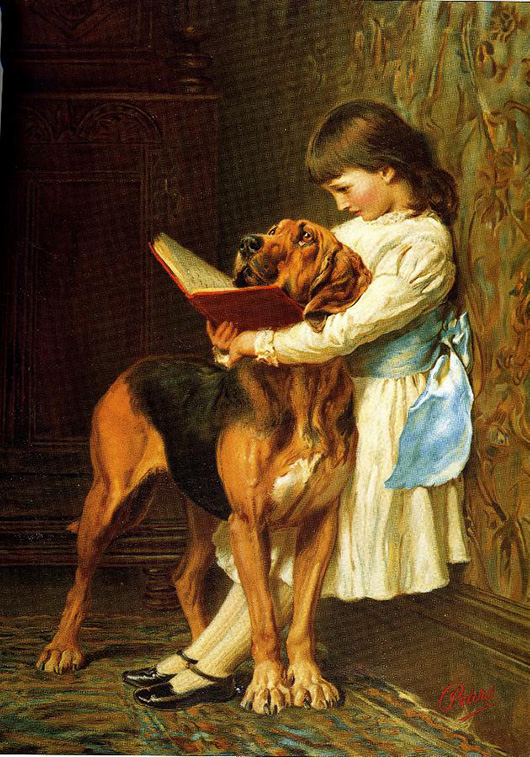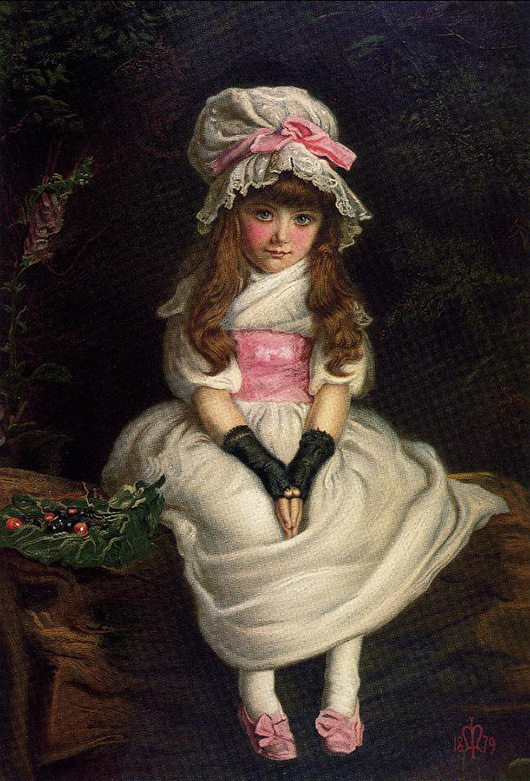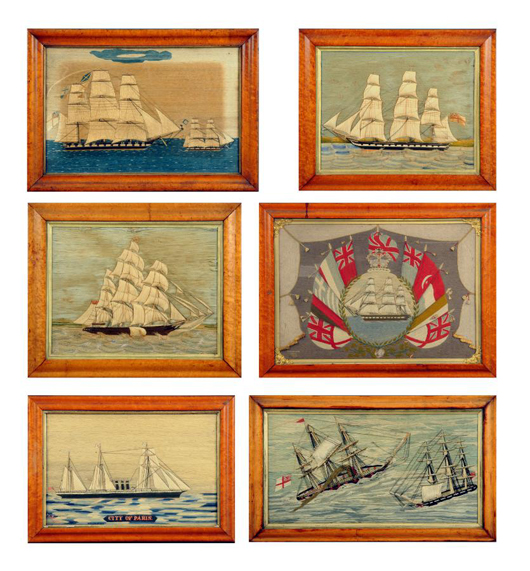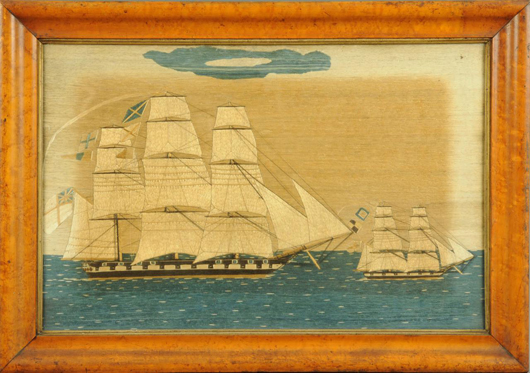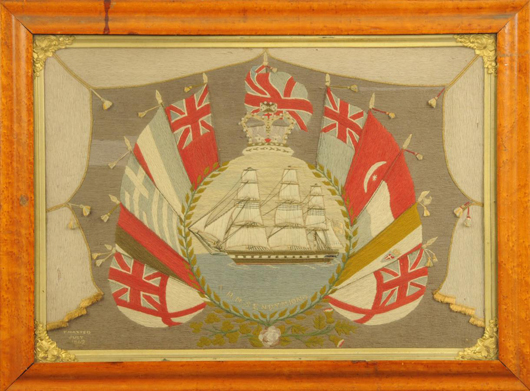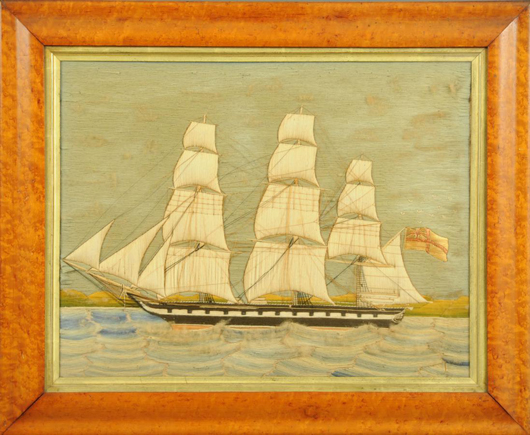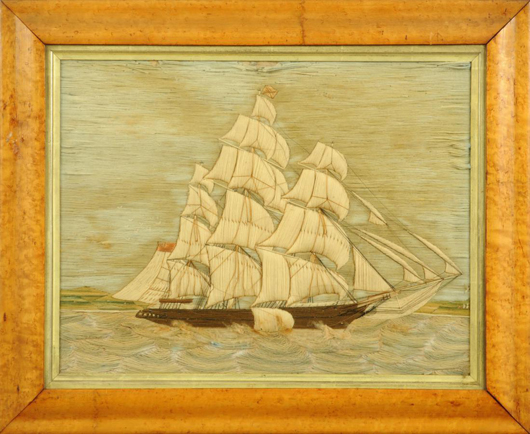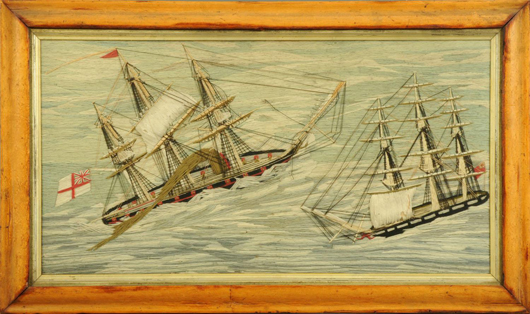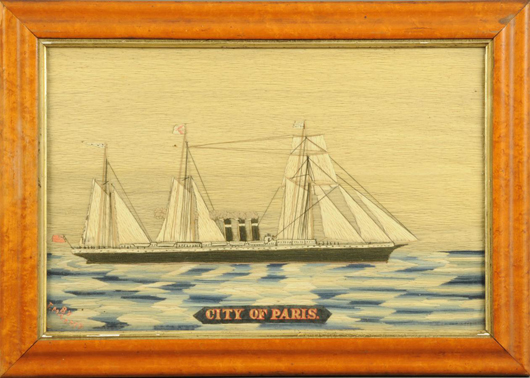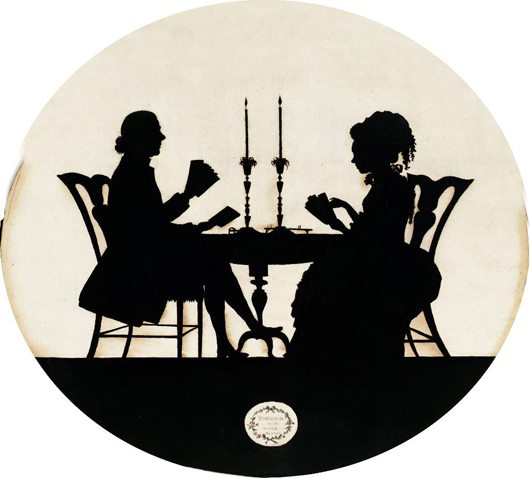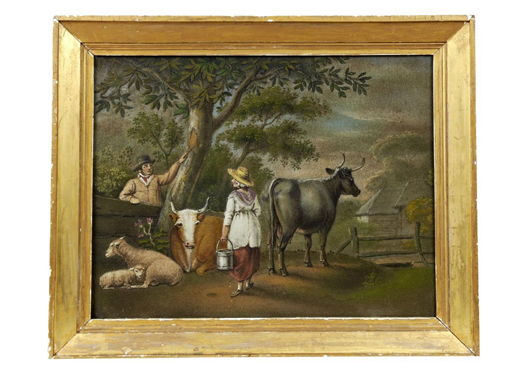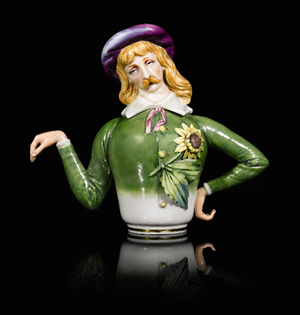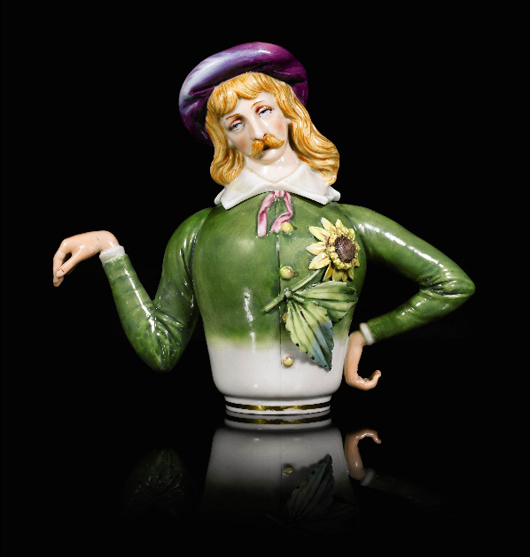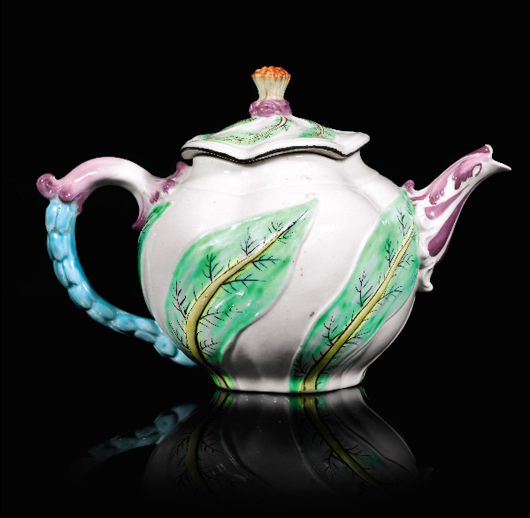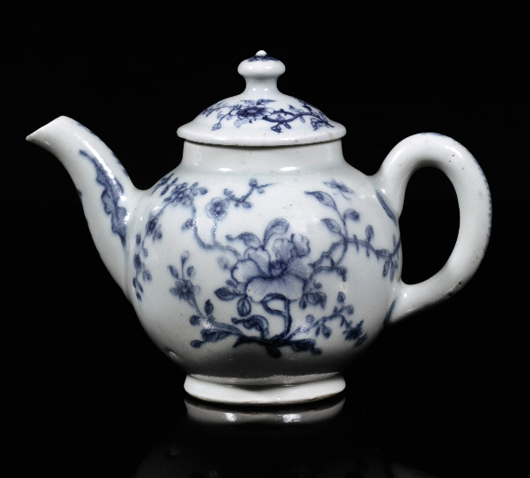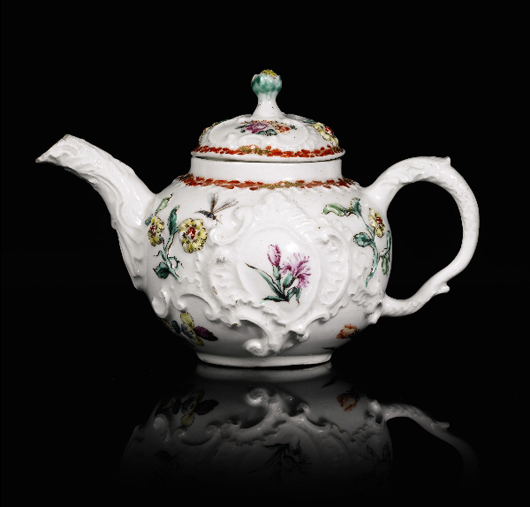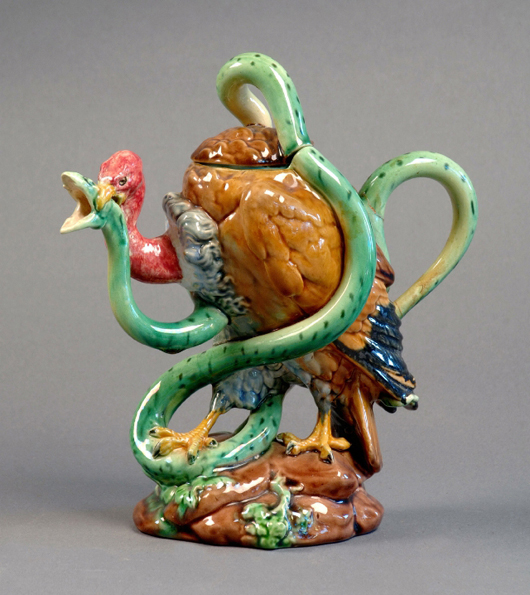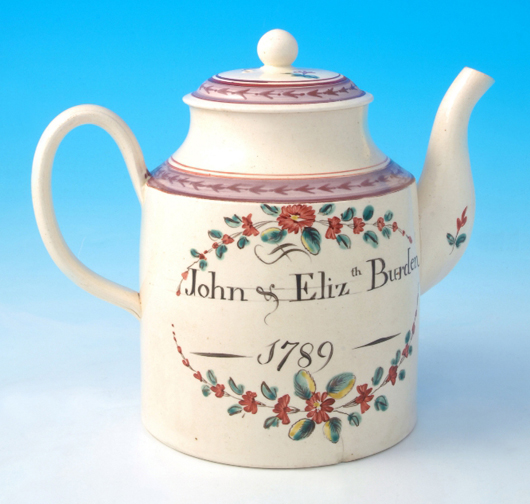LONDON – According to the Financial Times, well-to-do Russians “are trying to shift more cash into London property … amid indications that Eastern European oligarchs are using the capital’s housing market to conceal their assets from international sanctions.” It’s not just multi-million pound properties in Knightsbridge. Canny Russian collectors are also snapping up pre- and post-Revolution paintings, fine art and antiques, pushing prices ever skyward.
A round of Russian art auctions in the capital last month (June) saw no end to the trend. Christie’s won the prize for the top lot, a painting by Vasily Vereshchagin which sold for £3.2 million, double the presale estimate. Sotheby’s sold £15.44 million worth of pictures in a single evening alone, and Bonhams sold a Fabergé carved hardstone figure for £1 million, again twice the expectation.
It was this last piece that caught my eye. I’d just been reading about them in a new book, billed as the only English language overview of pre-Revolutionary Russian decorative arts to come out of the post-Soviet era. The timing for the publication of Russian Decorative Arts by Cynthia Coleman Sparke couldn’t have been predicted more perfectly.
It’s a beautiful book, as they are always from the stables of the Antique Collectors’ Club. With 300 sumptuous colour illustrations on its 300 pages, it could hardly fail to impress. What shines out of the publication, however, is the uncomplicated accessibility of the antiques it portrays. Not that they are accessible, of course. As we’ve seen, the prices they now command are beyond us mortals. It’s their stunning simplicity that appeals.
Take Fabergé’s hardstone figures. My favourite in the book is a study of a Chelsea pensioner, fashioned from purpurine, aventurine quartz, jasper, gunmetal, gold, enamel and cabochon sapphires. A rare departure from Russian themes, the figure is one of 50 or so depicting people in their national costumes.
The detail is stunning and the likeness precise, factors not lost on Edward VII, who purchased it when he visited Fabergé’s London shop in 1909. It rightly remains in the Royal Collection.
Bonhams’ figure is another case in point. Described charmingly as “a bourgeoise, circa 1913,” it is modeled as a portly middle class woman wearing a blue scarf pinned tightly under her chin and clutching a bundle tied up in red. Her coat is made from white quartzite with black onyx fur trimming, her scarf from lapis lazuli and her skirt from jasper, while her hands and face are carved opals and her eyes cabochons. She looks like she has just stepped in from a Moscow winter.
The timing of the book was also fortuitous for Bonhams, keen to expand their empire and prove they can mix it with the Big Boys. In her acknowledgments, the author expresses gratitude to the firm for supplying the majority of the illustrations. “I was fortunate early on to share a lift with chairman Robert Brooks who listened politely to a spontaneous pitch for my idea and helped me line up the necessary in-house advocates for this project,” she writes.
But then she is pretty well-placed herself. Having grown up in a family of Russian art collectors and lived on and off in Moscow and St Petersburg, this was Cynthia Coleman Sparke’s destiny.
After running the Russian department at Christie’s in New York, she worked with the Fabergé and Imperial porcelain holdings of the Hillwood Museum in Washington D.C., which holds the largest collection of Russian decorative arts outside of Russia.
After that she helped with the restoration of Tsar Nicholas II’s last residence, the Alexander Palace in Tsarskoe Selo, St Petersburg, the subject of her Masters thesis from the Bard Graduate Center. She is currently Bonhams’ Russian consultant.
Russia’s last great Imperial celebration took place at the Winter Palace in St Petersburg, with a lavish ball of 1913 celebrating 300 years of Romanov rule. The sumptuous gowns, jewels, snuff boxes, and banqueting tableware of the Tsarist era were displayed then for the last time. The outbreak of the First World War in 1914 and the Bolshevik Revolution of 1917 brought such opulence to an end.
Fabergé’s name is synonymous with Russian works of art and it would have been easy for the author to have concentrated her efforts solely on him. Instead, she gives many of the other masters and their workshops equal billing.
True, he has a chapter to himself, and rightly so, but the remainder are listed by materials rather than maker. In addition to the one on hardstone, they include: precious metals, enamel, jewelry, awards and decorations; porcelain, glass, metalwork, lacquer and woodwork. Each explains the techniques used in their manufacture, their specific Russian characteristics and an overview of the principle makers.
The latter section is particularly interesting, as it discusses the little known areas of Russian folk art, seen so rarely outside the country. I didn’t know, for example, that the Matryoshka – the nesting dolls that fit one inside the other – evolved in the 1890s from a Japanese toy before becoming Russian icons in their own right.
The book is also a pleasure to read. It neither patronizes novices nor over-eggs the expertise. Her conclusion is particularly apt. She writes: “During the twentieth century, Russia disowned a large amount of its material culture, trading it abroad for much-needed currency, only for the State to then romanticise its lost patrimony and encourage its repatriation … I hope that this introduction to the subject is worthy …”
It is and will serve to give Western collectors a greater appreciation of both the familiar and less well known.
Offer for readers:
Russian Decorative Arts by Cynthia Coleman Sparke is published by the Antique Collectors’ Club and is priced at £55, but readers of this column can get 30% off, reducing the price to £38.50 plus postage. To place your order, call 011 44 1394 389977, or email sue.slee@antique-acc.com quoting the code RDA2. Alternatively, register with the ACC website — www.accpublishinggroup.com — and enter the code RDA2 at the checkout. Postage and packing is £4 in the UK; overseas rates available on request.
# # #

ADDITIONAL IMAGES OF NOTE
